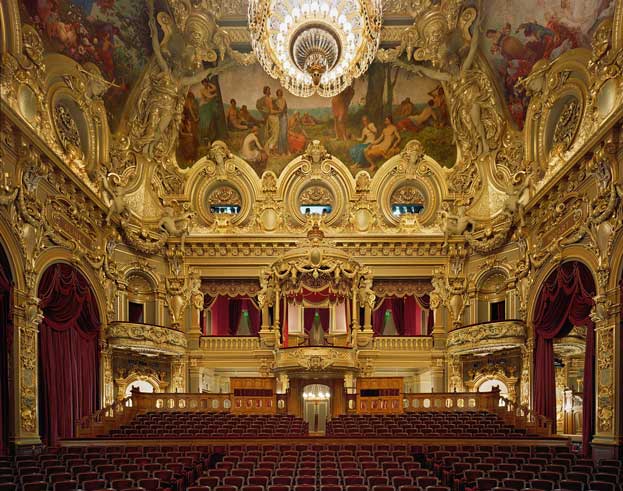Margravial Opera House Bayreuth is a masterpiece of Baroque theatre architecture, built between 1745 and 1750, the Opera House is the only entirely preserved example of its type where an audience of 500 can experience Baroque court opera culture and acoustics authentically, as its auditorium retains its original materials, i.e. wood and canvas. Commissioned by Margravine Wilhelmine, wife of Frederick, Margrave of Brandenburg–Beyreuth, it was designed by the renowned theatre architect Giuseppe Galli Bibiena. As a court opera house in a public space, it foreshadowed the large public theatres of the 19th century. The highly decorated theatre's tiered loge structure of wood with illusionistic painted canvas represents the ephemeral ceremonial architectural tradition that was employed in pageants and celebrations for princely self-representation.

Continent: Europe
Country: Germany
Category: Cultural
Criterion: (I)(IV)
Date of Inscription: 2012
Margravial Opera House
The 18th century Margravial Opera House in Bayreuth is a masterwork of Baroque theatre architecture, commissioned by Margravine Wilhelmine of Brandenburg as a venue for opera seria over which the princely couple ceremonially presided. The bell-shaped auditorium of tiered loges built of wood and lined with decoratively painted canvas was designed by the then leading European theatre architect Giuseppe Galli Bibiena.
 |
| Interior View of Margravial Opera House |









No comments:
Post a Comment